Yellowstone National Park is one of America’s great treasures. This full day safari will show off the highlights of this incredible place; volcanic thermal features, giant waterfalls, diverse wildlife, the Grand Canyon of the Yellowstone, and Yellowstone Lake.
Throughout the day we will drive scenic roads, walk historic boardwalks, enjoy the peace of natural landscapes and use our optics to view wildlife. Your guide is your driver, and their goal is to cover as many of Yellowstone’s famous features as they can in a day.
The guides at Yellowstone Safari Co. will make every effort to showcase as many highlights as possible, and will structure the day around making your experience a memorable one. They will take current road conditions, weather, seasonality, and your personal interests into consideration as they move through the park.
Highlights
Old Faithful & Grand Prismatic Spring
Lower and Upper Falls, Grand Canyon of the Yellowstone
Geysers, Hot Springs, Mudpots & Fumaroles
Нев Иорк Цити
Истражите
 Јединствена искуства
Јединствена искуства
 Услуге путовања и превоза
Услуге путовања и превоза
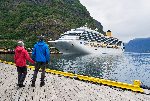 Обиласци, разгледање и крстарења
Обиласци, разгледање и крстарења
 Улазнице и пропуснице
Улазнице и пропуснице
 Карте и карте за спортске догађаје
Карте и карте за спортске догађаје
 Мала група
Мала група
 Сезонске и посебне прилике
Сезонске и посебне прилике
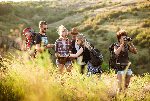 Примењене санитарне мере
Примењене санитарне мере
 Активности на отвореном
Активности на отвореном
 Вероватно ће се продати
Вероватно ће се продати
 ЛГБТ пријатељске туре
ЛГБТ пријатељске туре
 Кид-Фриендли
Кид-Фриендли
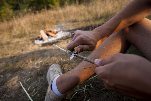 Укључује животиње
Укључује животиње
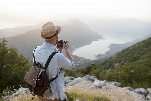 Добро за избегавање гужве
Добро за избегавање гужве
 Храна пиће
Храна пиће
 Одличан квалитет
Одличан квалитет
 Часови и радионице
Часови и радионице
 Најбоља конверзија
Најбоља конверзија
 Аудио водичи
Аудио водичи
 Уметност и култура
Уметност и култура
 Виатор Плус
Виатор Плус
 Sustainable Tours
Sustainable Tours
 Limousine Transfers
Limousine Transfers
 Donut Walking Tour
Donut Walking Tour
 Virtual Experiences
Virtual Experiences
 Additional fees
Additional fees
 DSA non-compliant
DSA non-compliant
 Јединствена искуства
Јединствена искуства
 Услуге путовања и превоза
Услуге путовања и превоза
 Обиласци, разгледање и крстарења
Обиласци, разгледање и крстарења
 Улазнице и пропуснице
Улазнице и пропуснице
 Карте и карте за спортске догађаје
Карте и карте за спортске догађаје
 Мала група
Мала група
 Сезонске и посебне прилике
Сезонске и посебне прилике
 Примењене санитарне мере
Примењене санитарне мере
 Активности на отвореном
Активности на отвореном
 Вероватно ће се продати
Вероватно ће се продати
 ЛГБТ пријатељске туре
ЛГБТ пријатељске туре
 Кид-Фриендли
Кид-Фриендли
 Укључује животиње
Укључује животиње
 Добро за избегавање гужве
Добро за избегавање гужве
 Храна пиће
Храна пиће
 Одличан квалитет
Одличан квалитет
 Часови и радионице
Часови и радионице
 Најбоља конверзија
Најбоља конверзија
 Аудио водичи
Аудио водичи
 Уметност и култура
Уметност и култура
 Виатор Плус
Виатор Плус
 Sustainable Tours
Sustainable Tours
 Limousine Transfers
Limousine Transfers
 Donut Walking Tour
Donut Walking Tour
 Virtual Experiences
Virtual Experiences
 Additional fees
Additional fees
 DSA non-compliant
DSA non-compliant




 sr
sr
 English
English
 Russian
Russian
 French
French
 Polish
Polish
 Ukrainian
Ukrainian
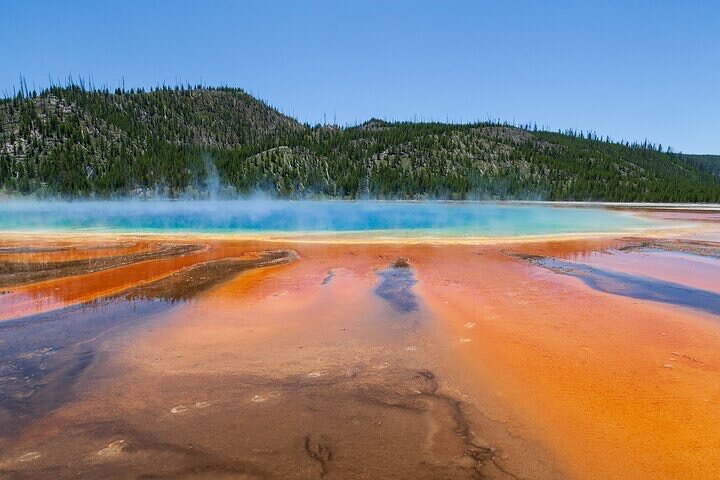


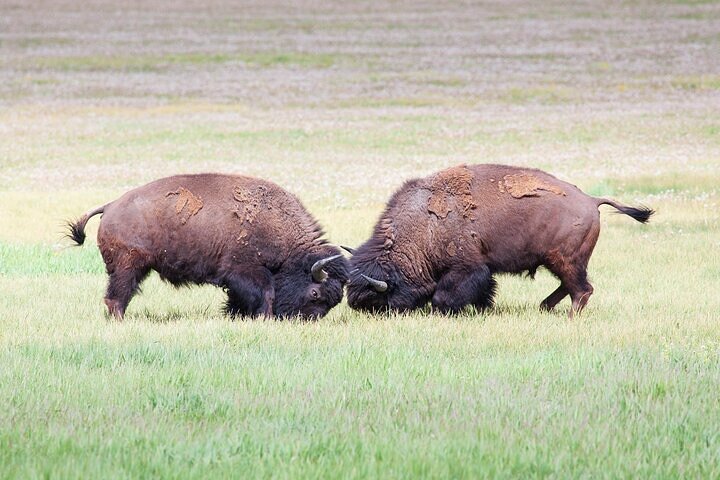
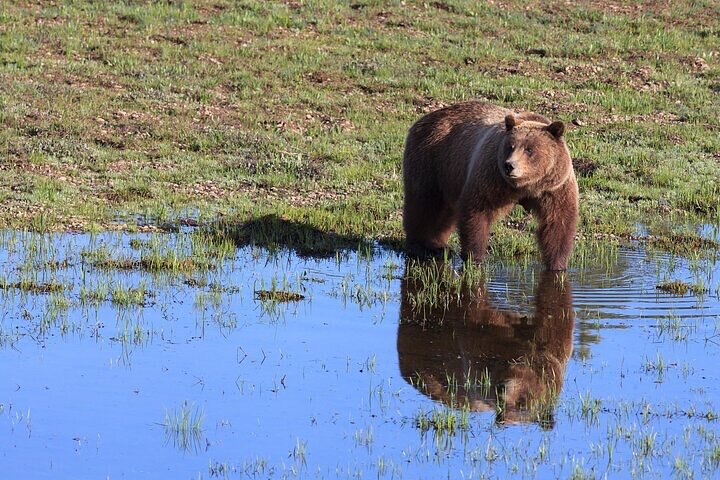
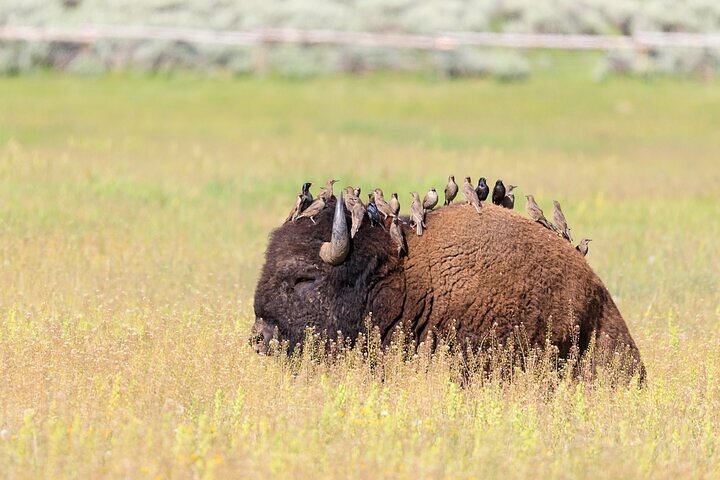
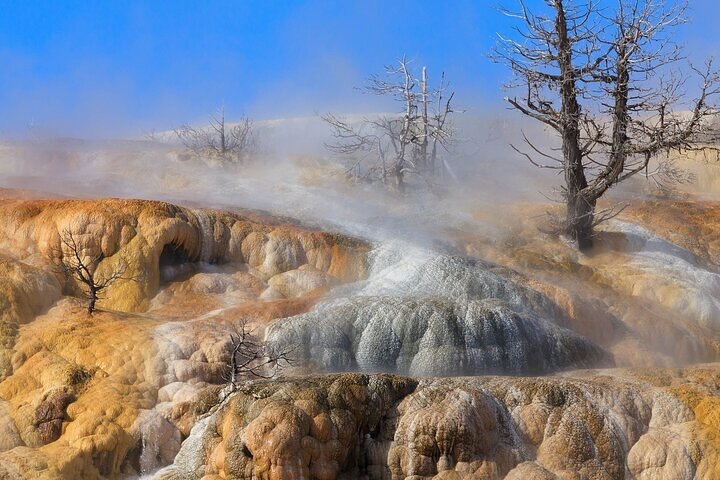

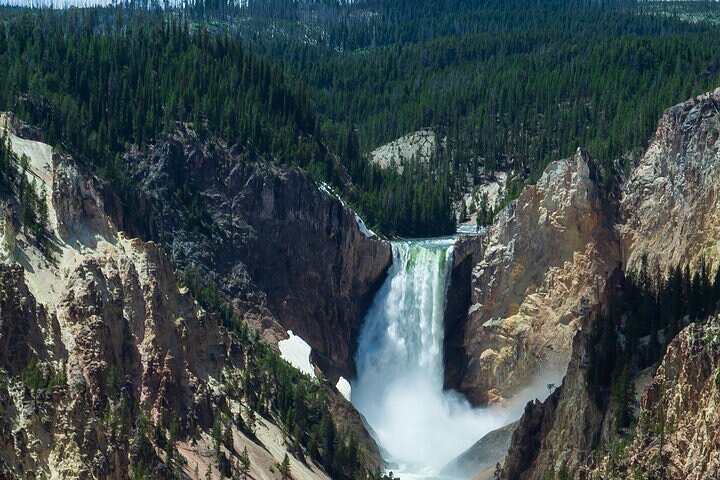
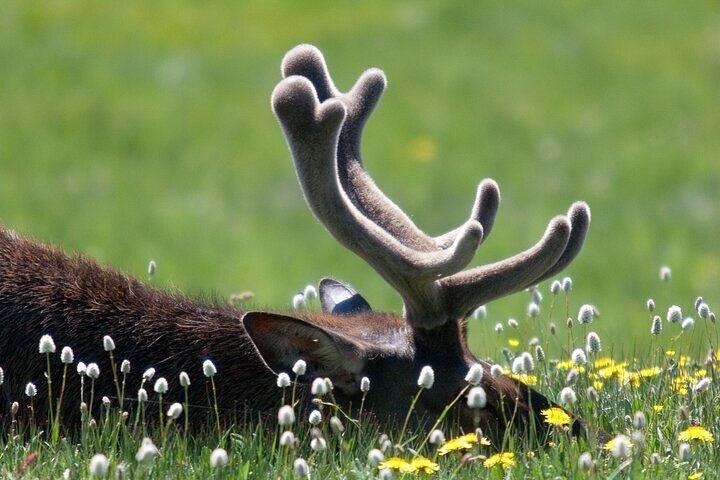
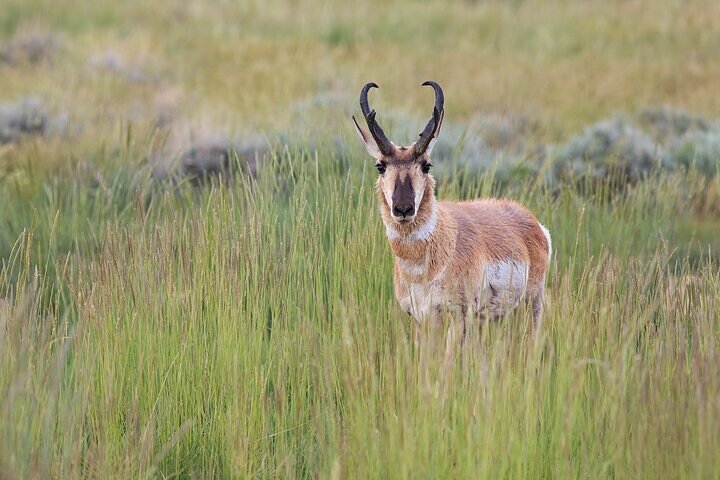
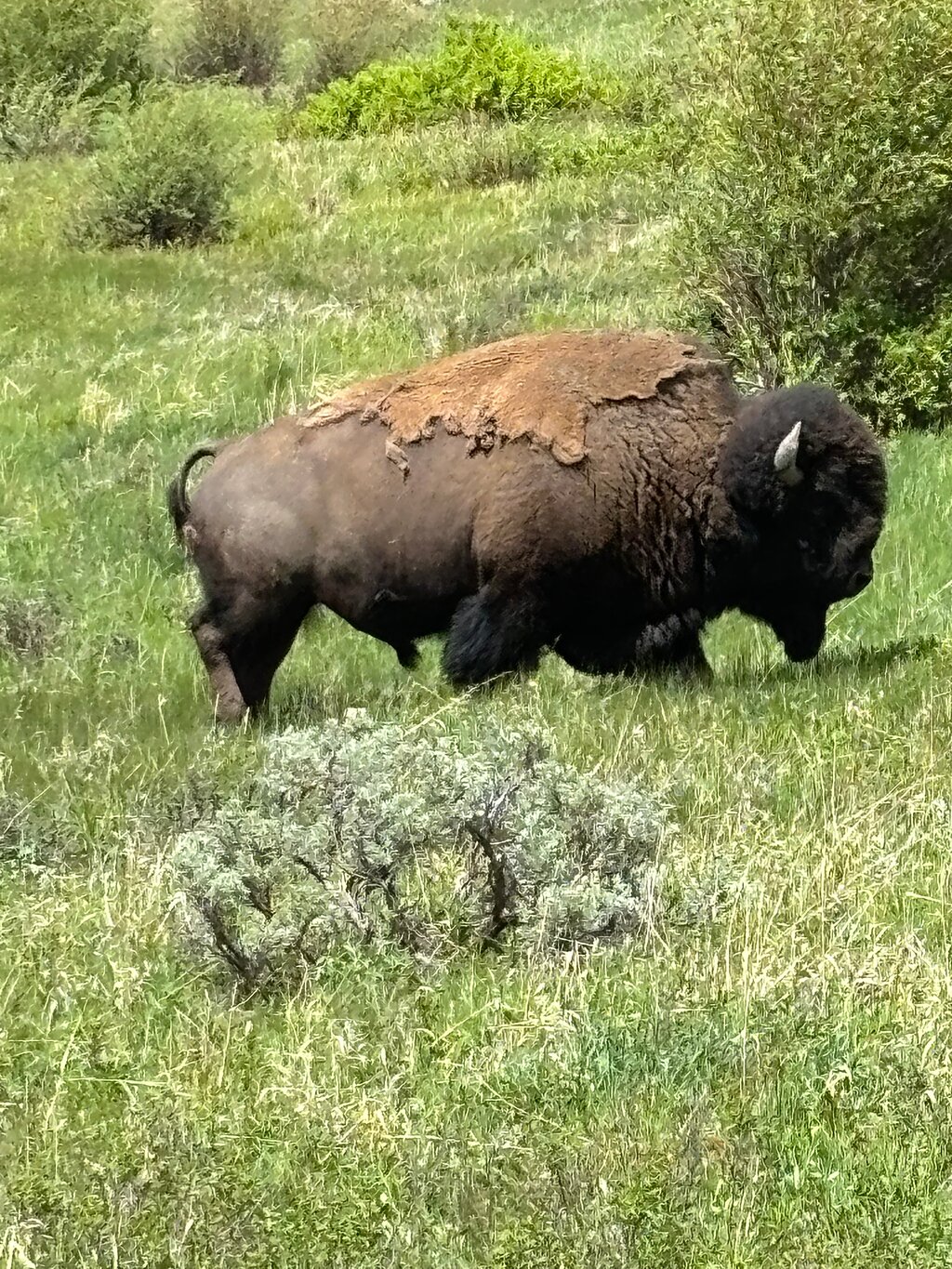
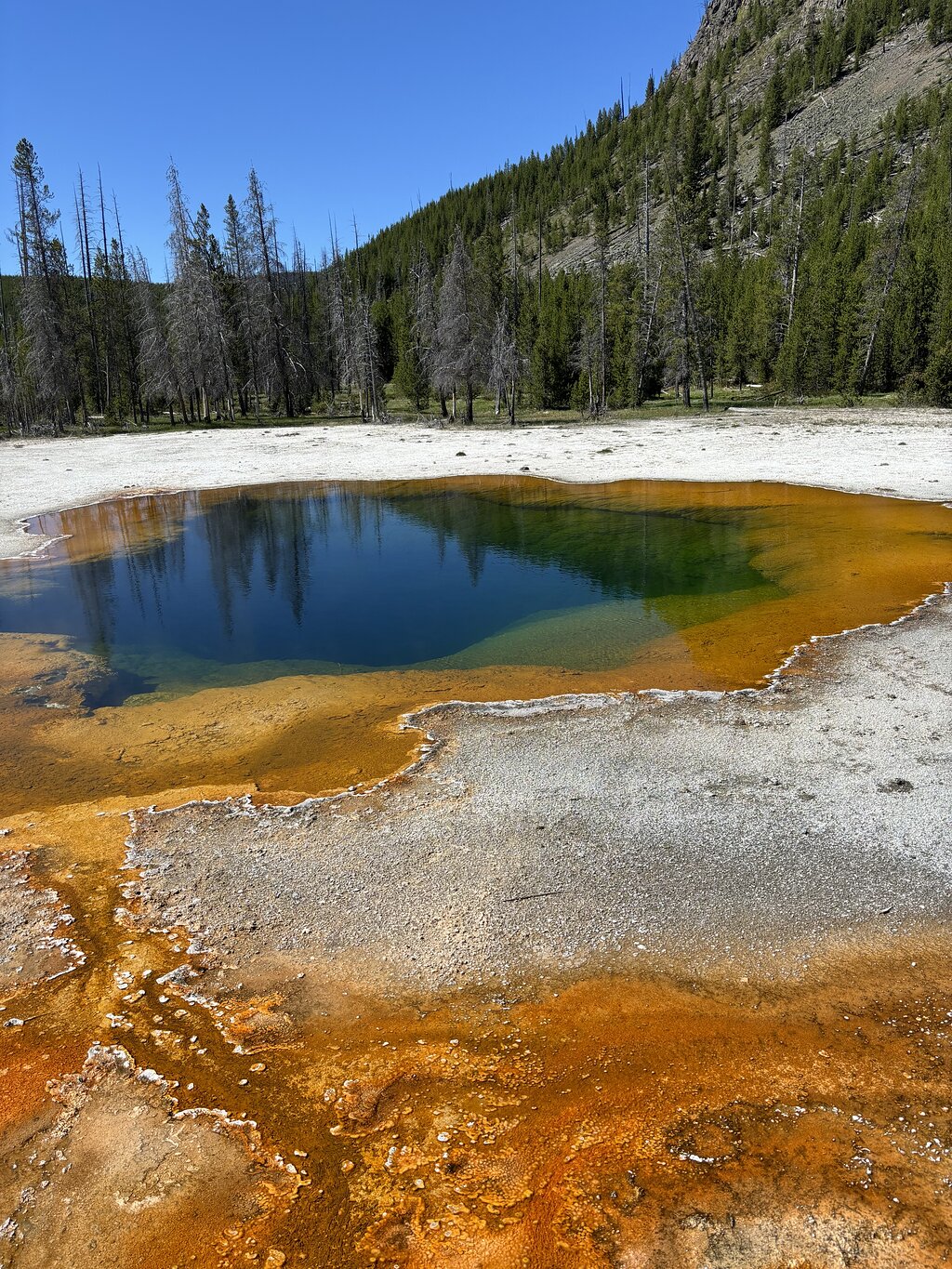
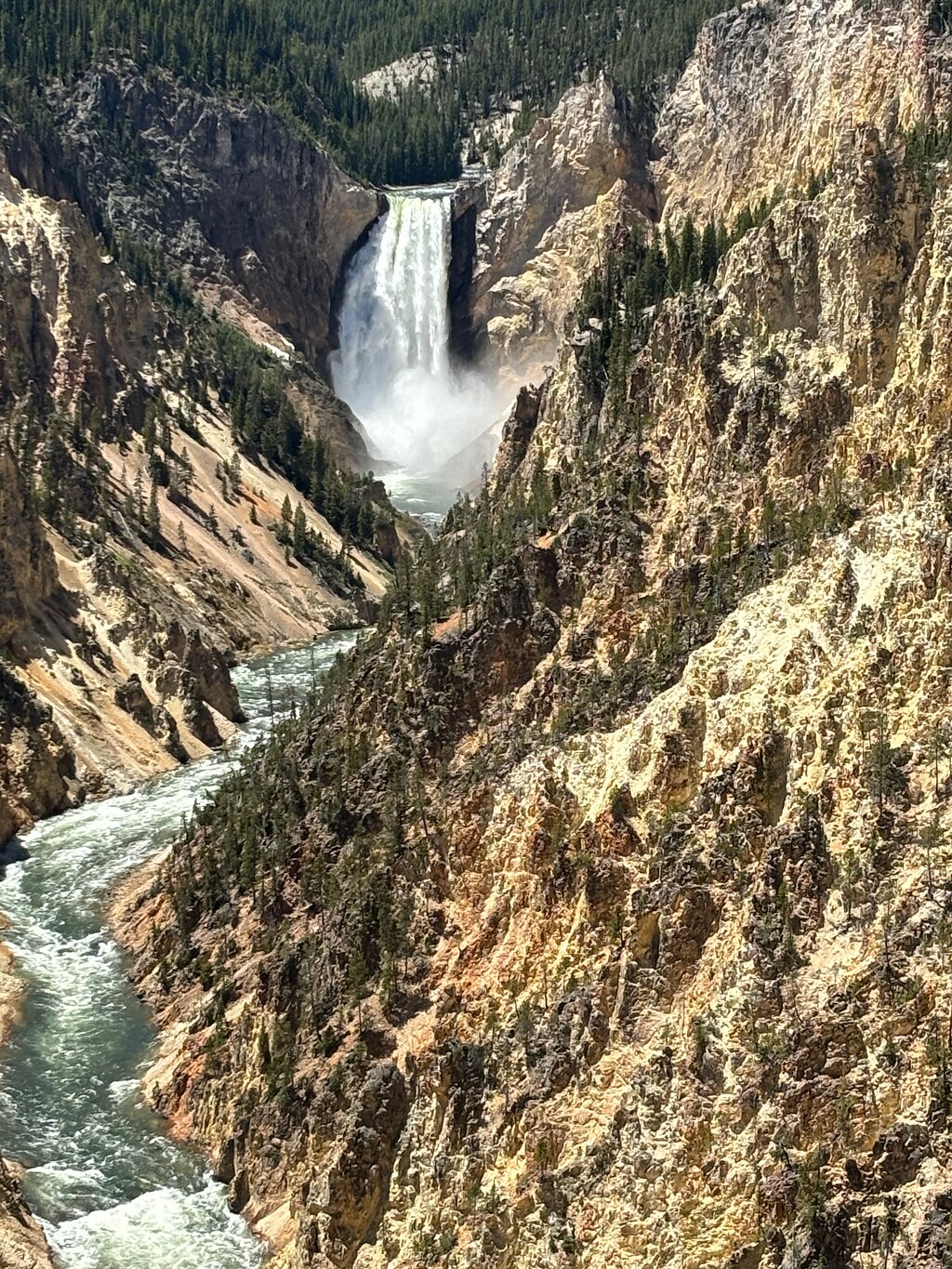
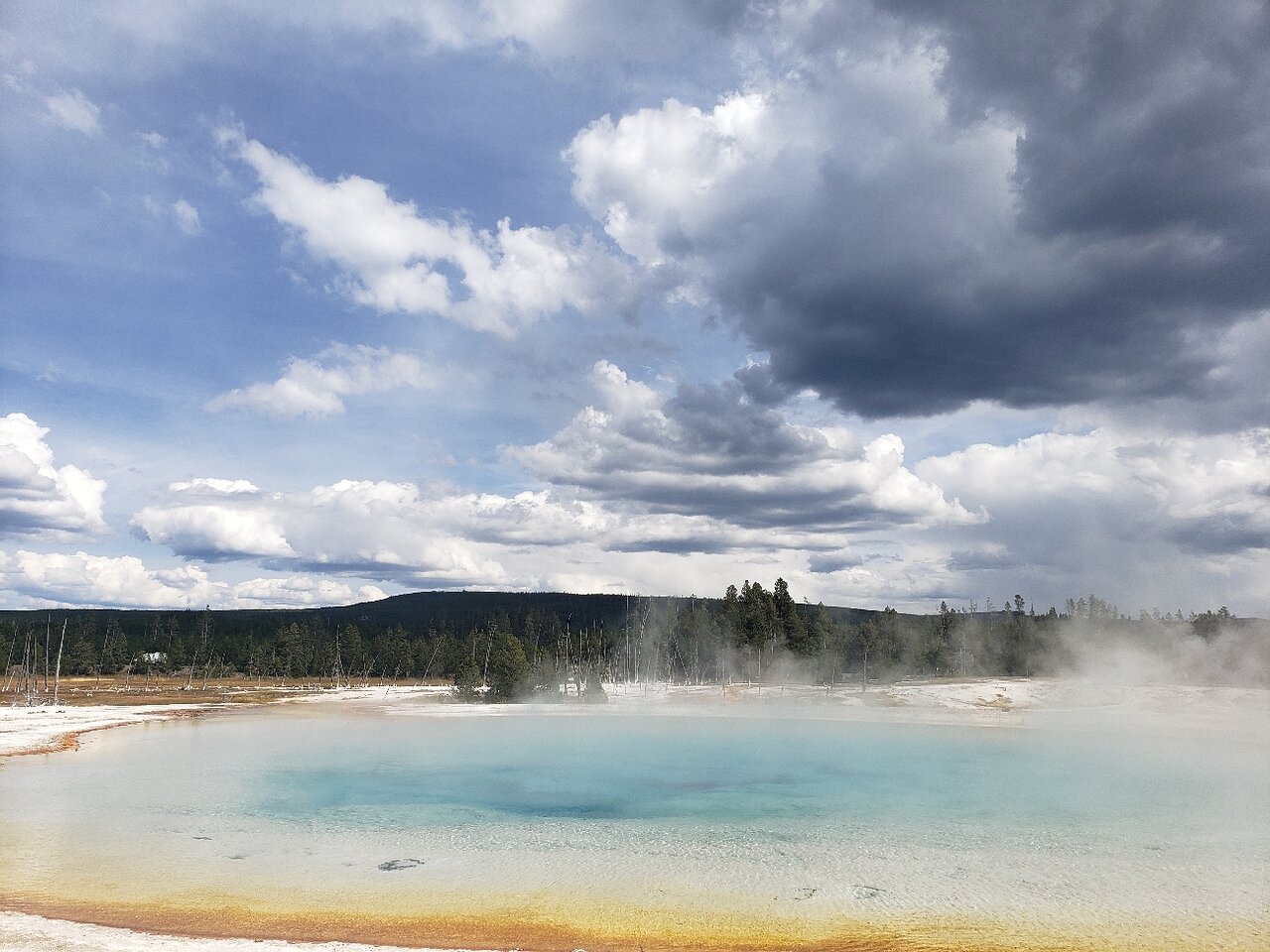
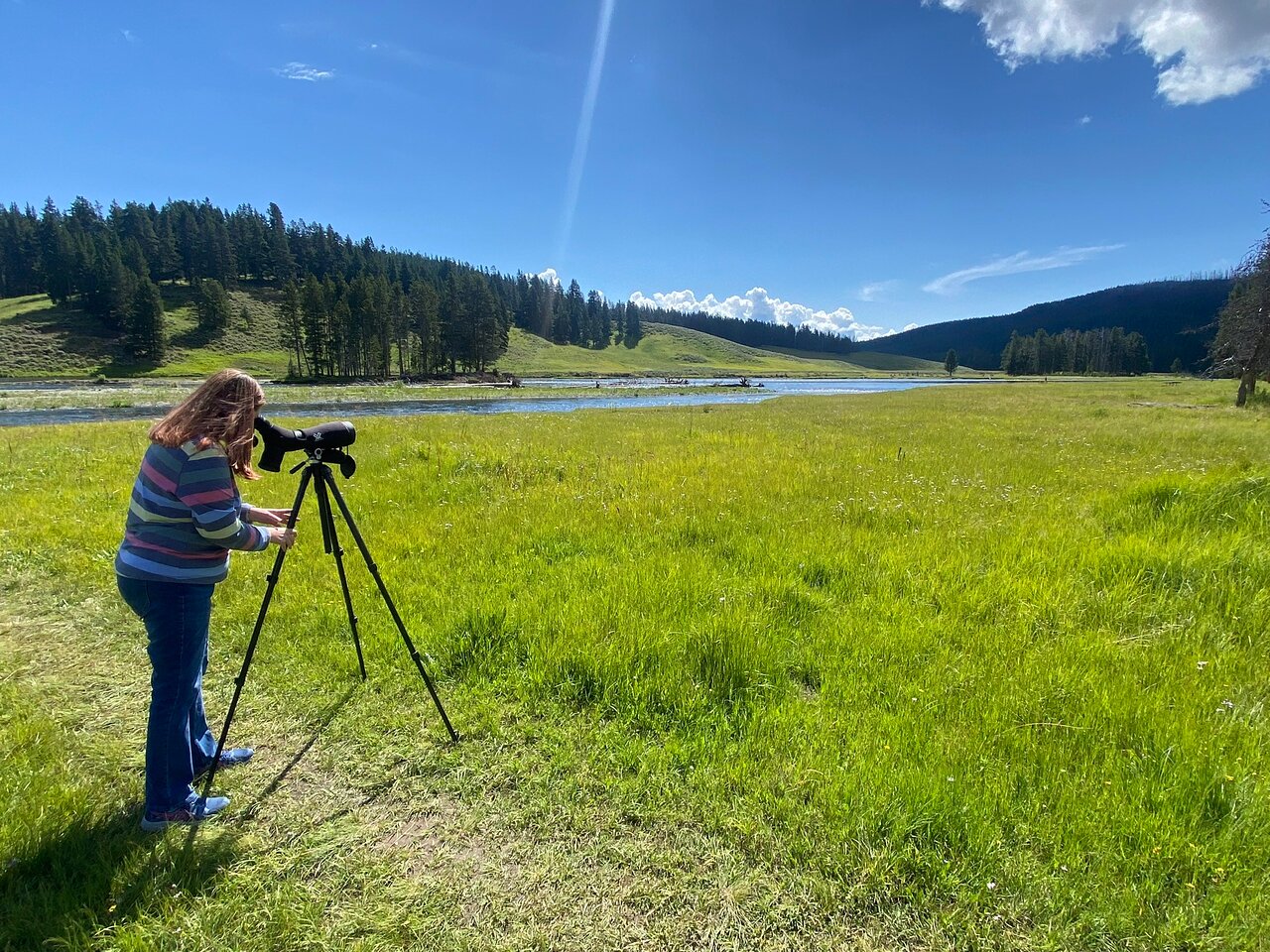
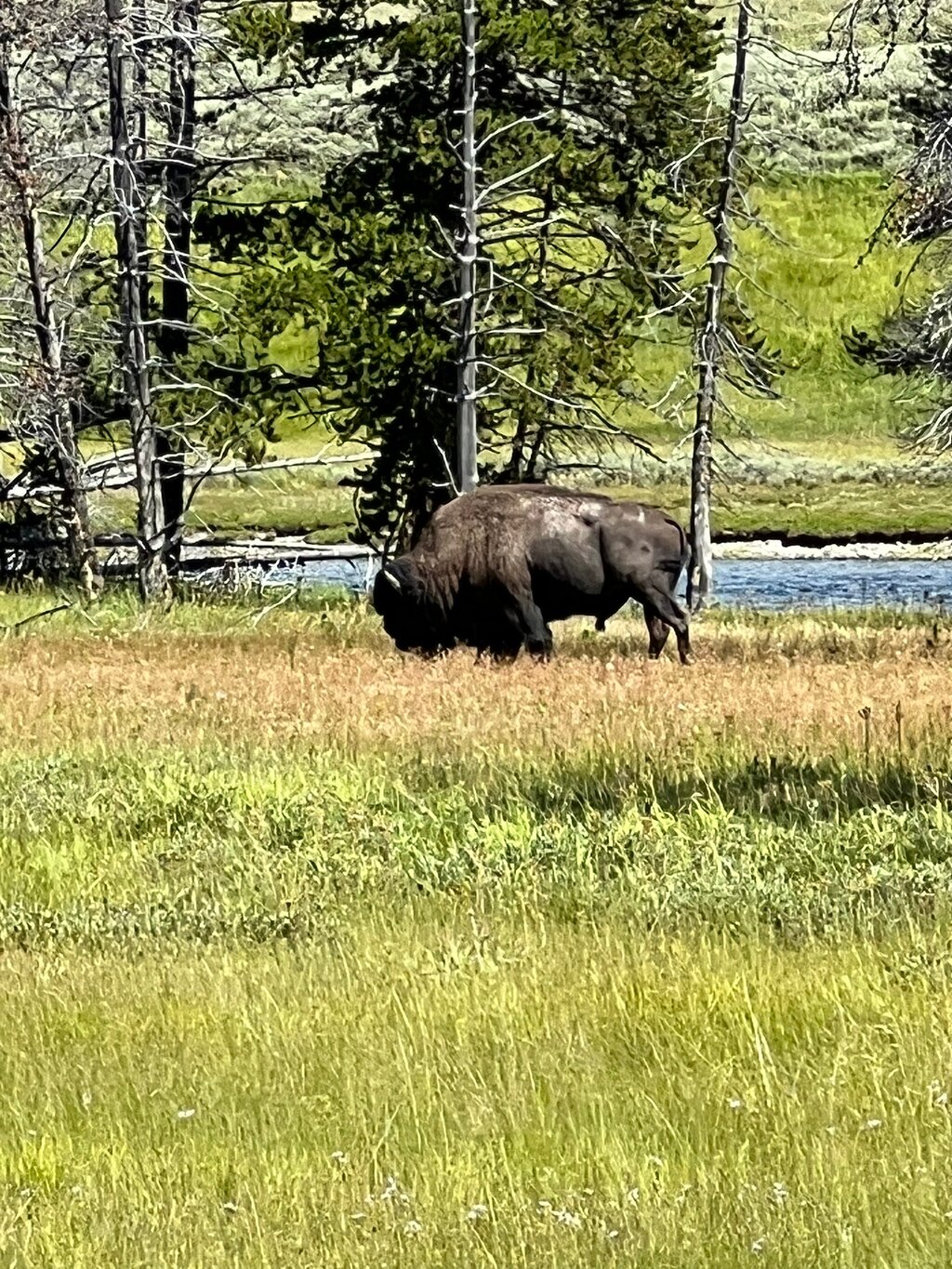


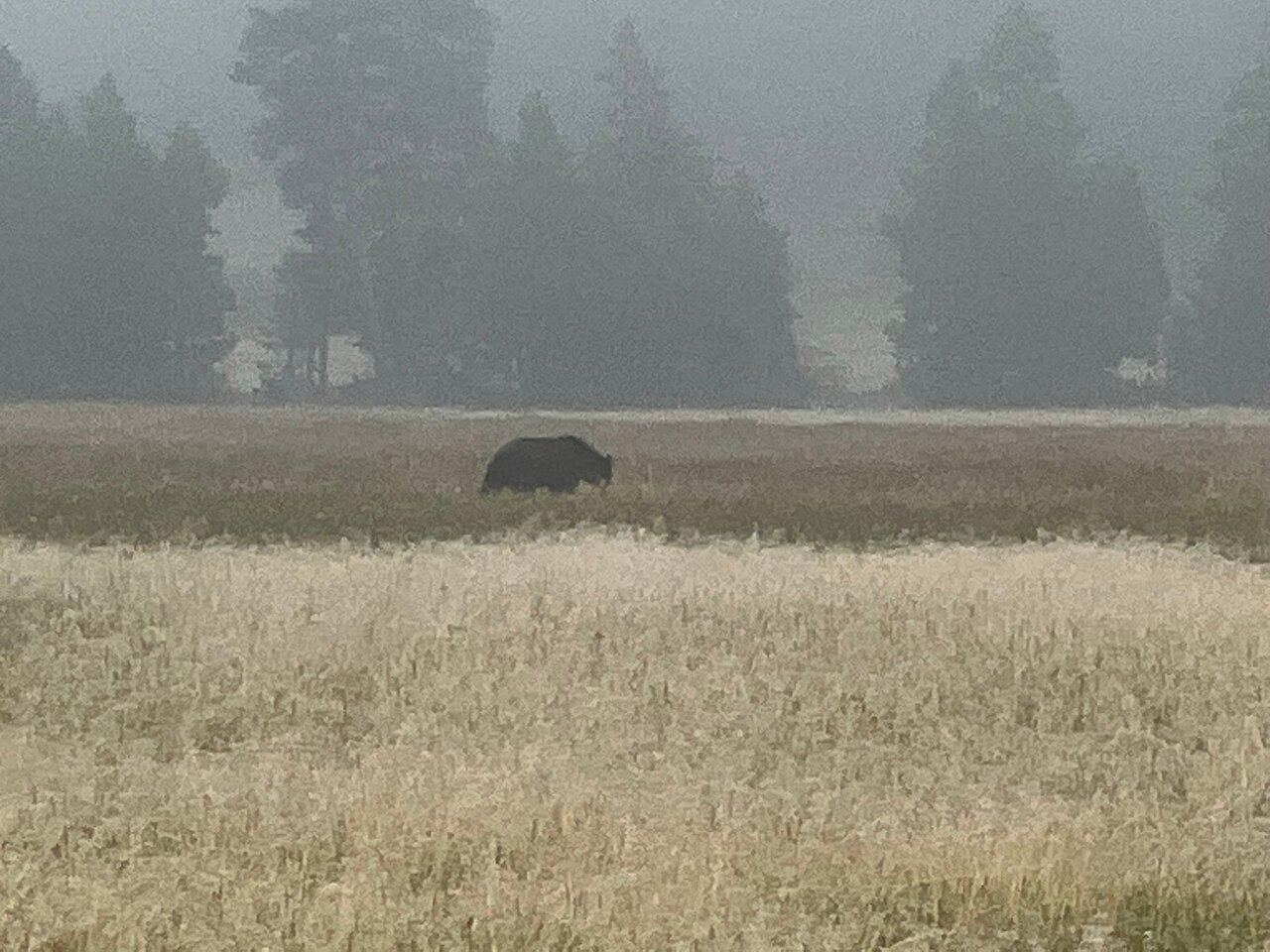
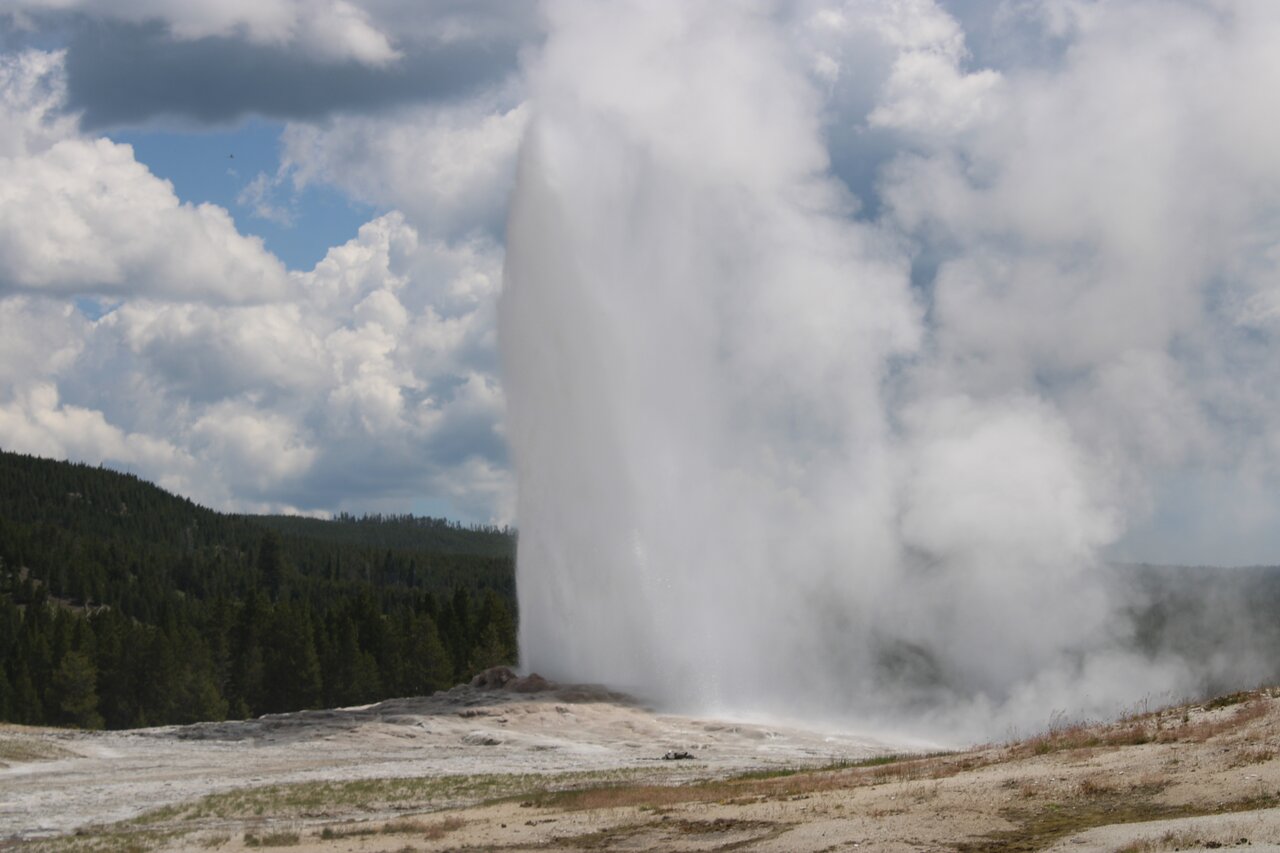
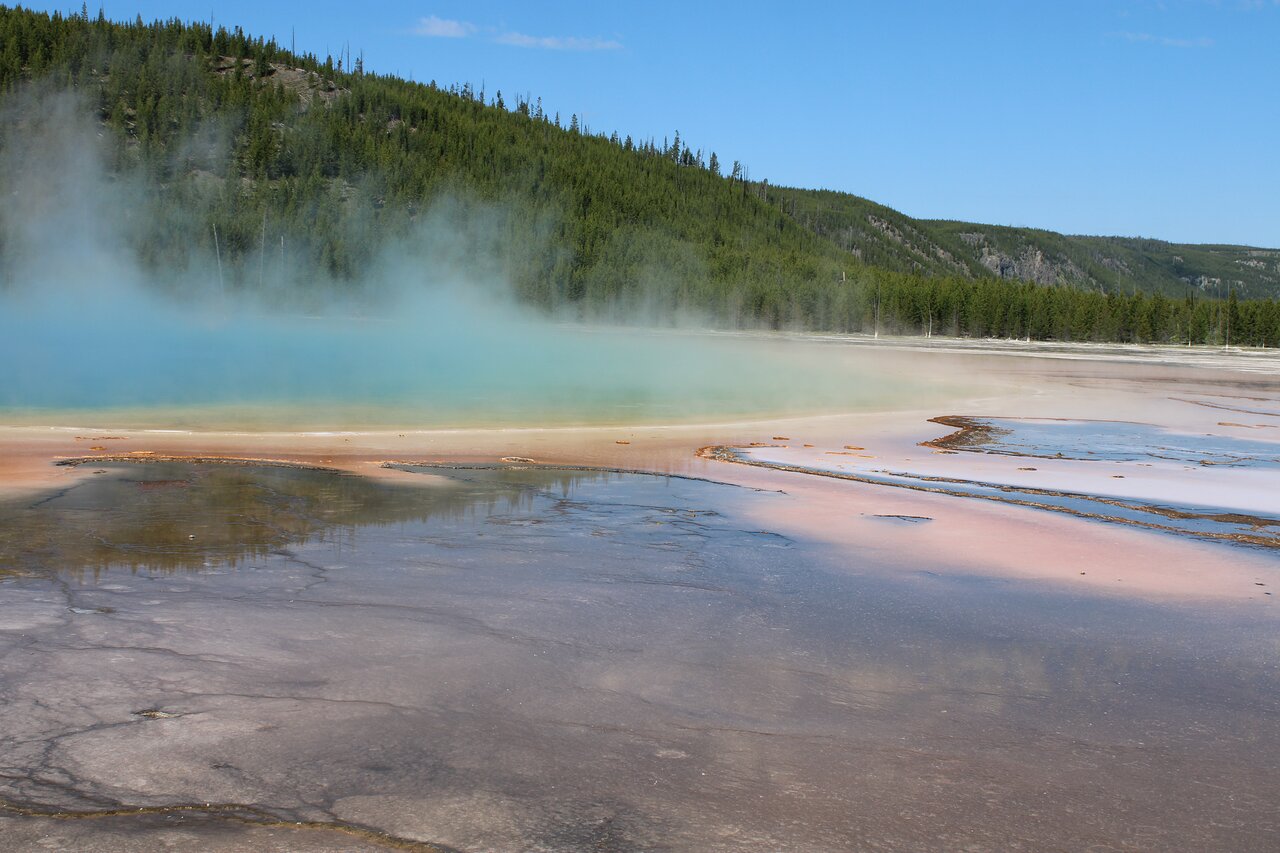
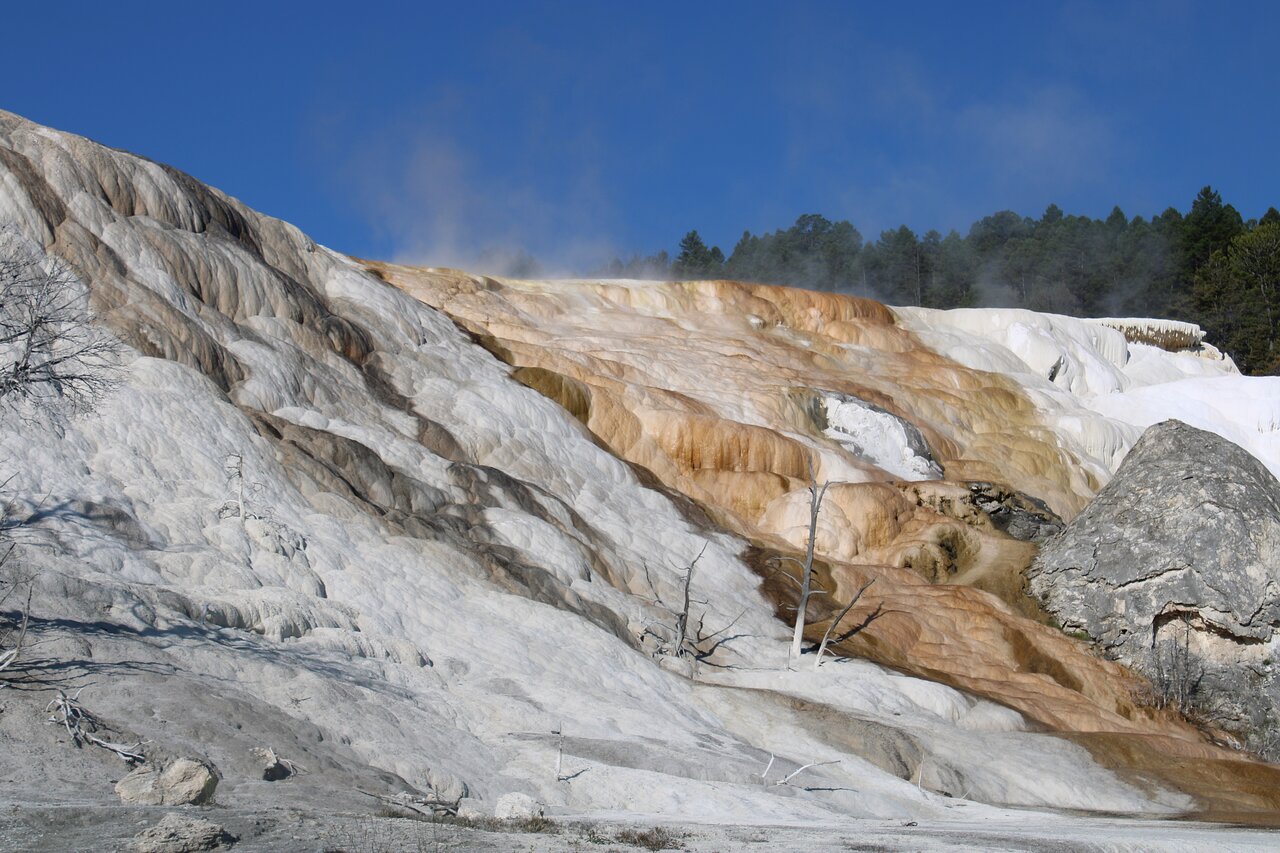
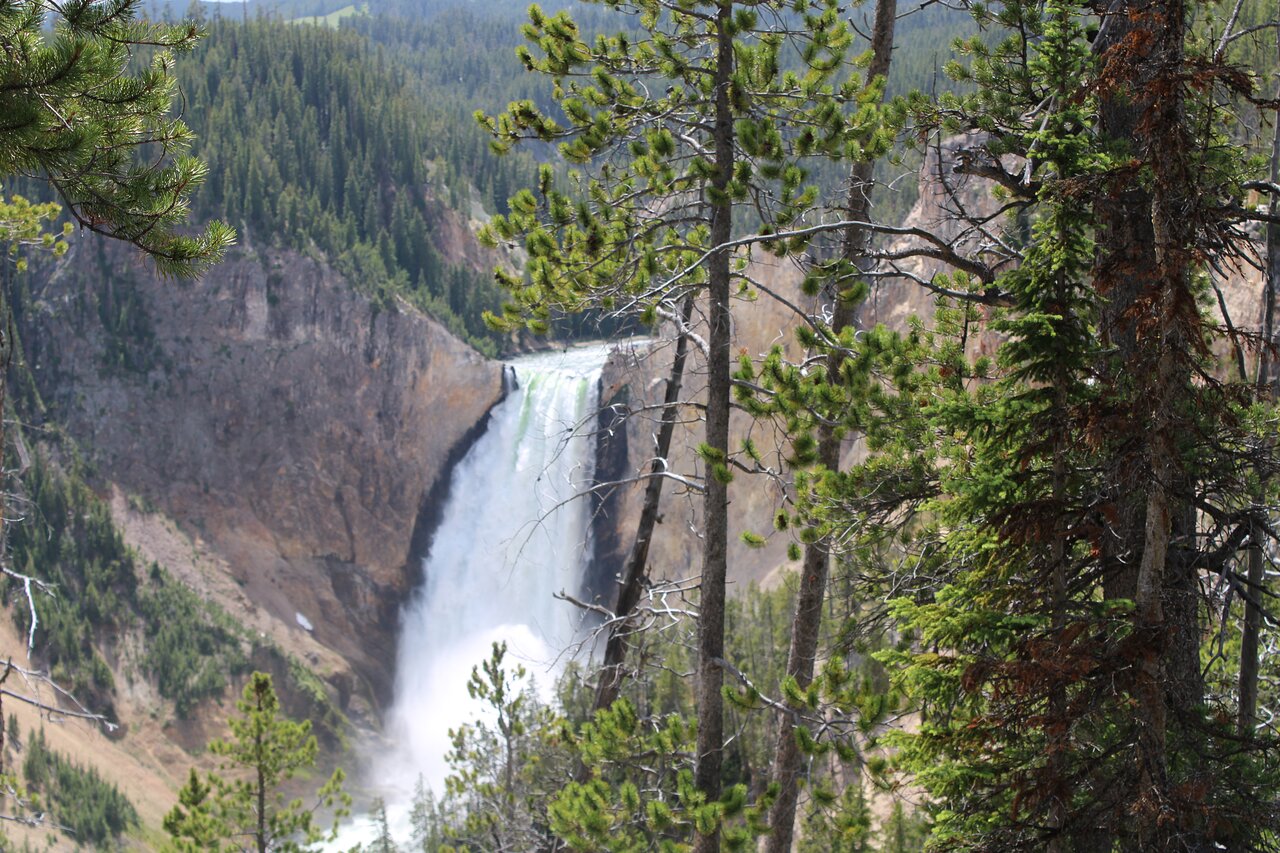

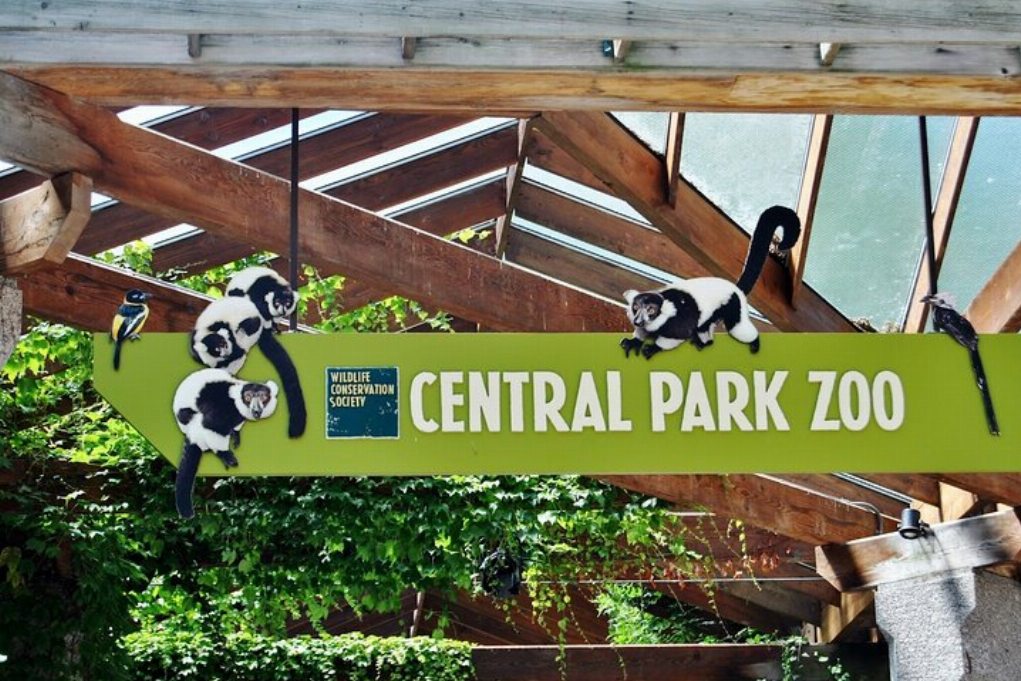

 Више
Више
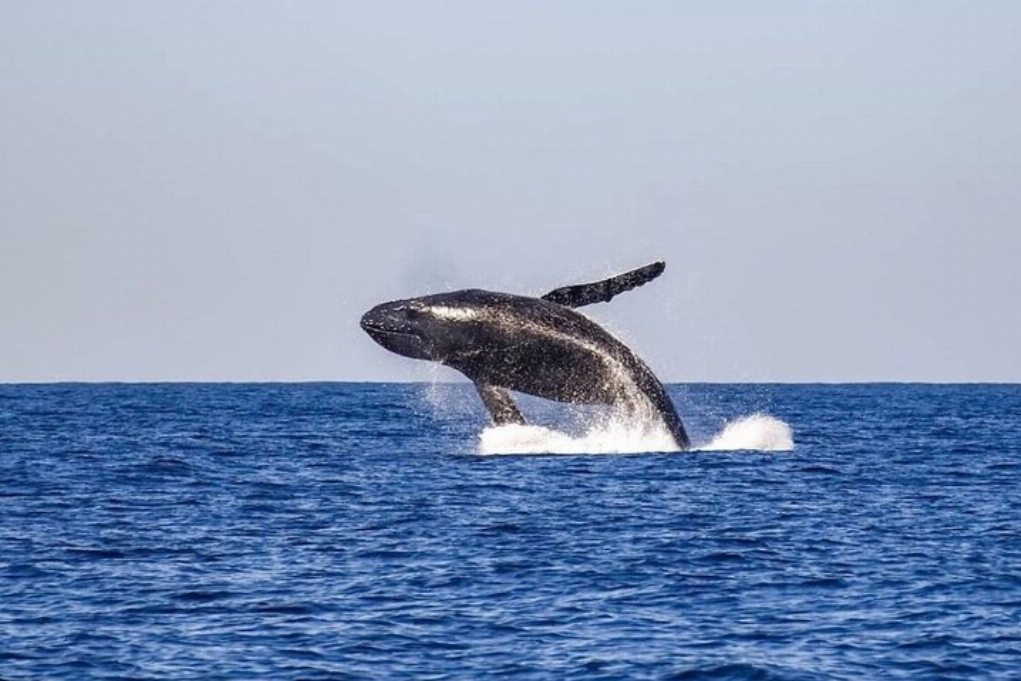
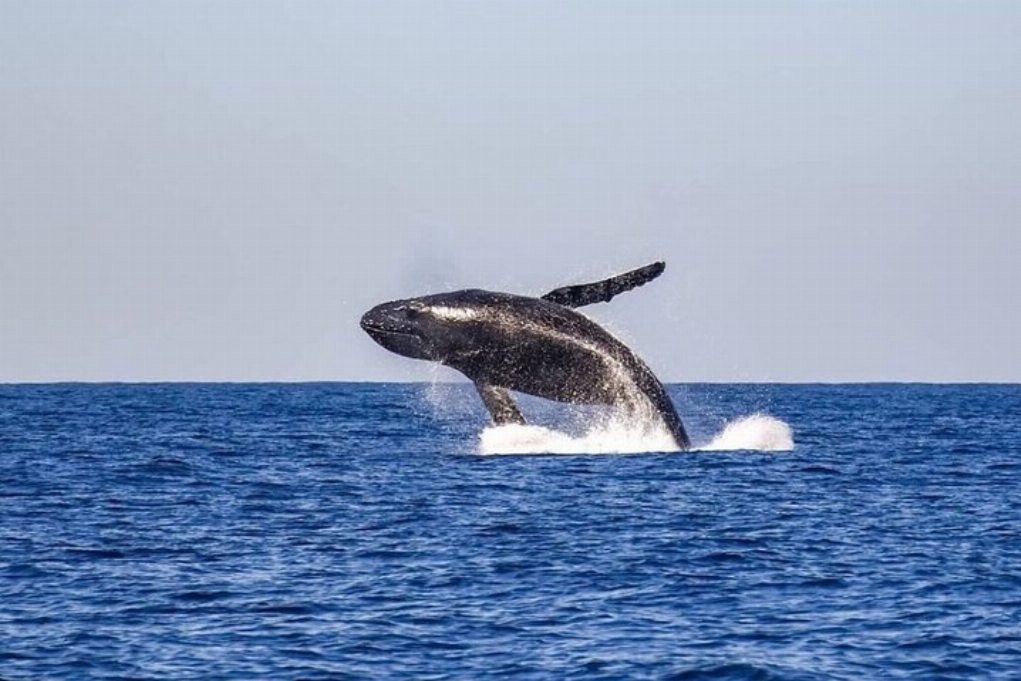

 Наставите са Гоогле-ом
Наставите са Гоогле-ом
 Наставите са Фејсбуком
Наставите са Фејсбуком
 Наставите са Твиттер-ом
Наставите са Твиттер-ом

